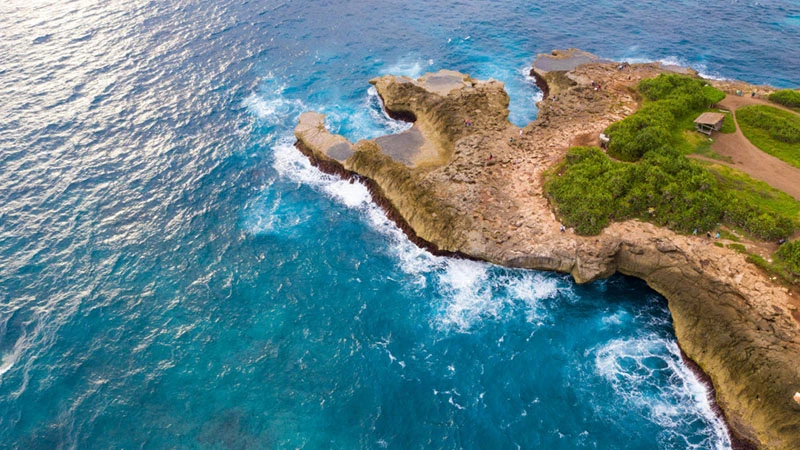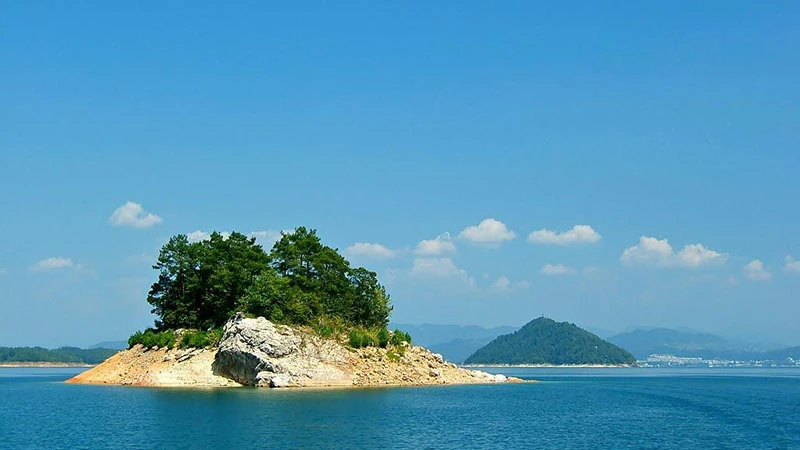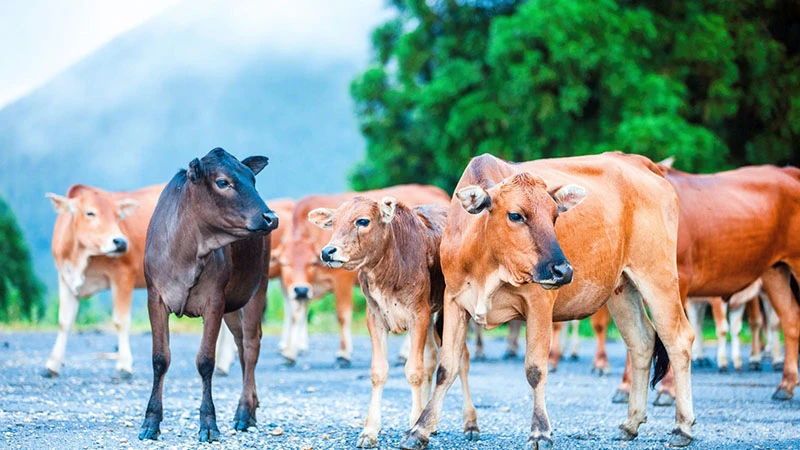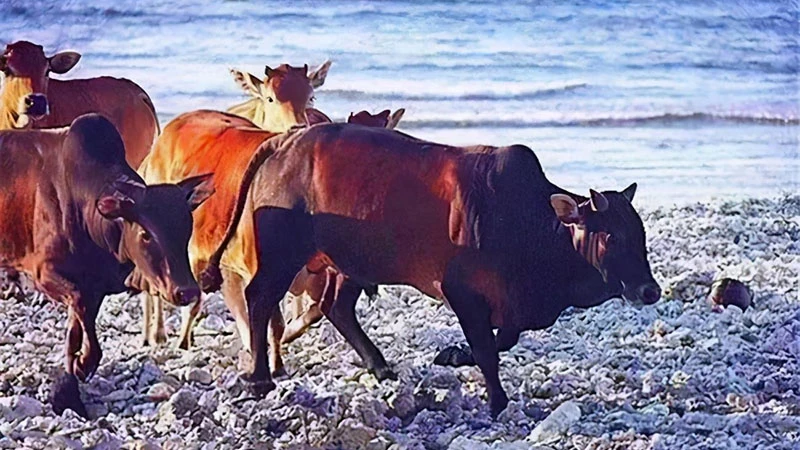In the heart of the South China Sea, East Island, a small gem among the Xisha Islands (西沙群岛), hides a surprising secret. This 1.7 square kilometer island hosts a population of approximately 400 wild cattle—an enigma that has left scientists scratching their heads. How did such a large group of cattle arrive and survive on a remote, seemingly isolated tropical island? The mystery has lingered, drawing curious researchers into an investigation that uncovered a tale stretching back centuries.
East Island, situated in the eastern part of the Xisha Islands, is bathed in tropical sunlight and receives ample rainfall year-round. Its small area, roughly 2400 meters long and 1000 meters wide, is covered in dense vegetation—ideal grazing ground for cattle, as it turns out. The vegetation is robust, consisting of hardy coastal shrubs like Scaevola and hardy silverleaf trees. To preserve this delicate ecosystem, recent efforts have introduced resilient tree species like casuarina and coconut palms, enhancing the island's greenery and providing much-needed erosion control.

The flourishing flora supports a diverse animal population, with birds as the island’s primary residents. Flocks of rare seabirds, particularly white-booby birds, have made East Island their home, filling the sky and giving the island an almost mystical feel. In fact, these birds are so emblematic that the island was designated a nature reserve to protect them. But birds are not the island’s only inhabitants—besides wildfowl and wild dogs, there’s an anomaly: hundreds of wild cattle.
A Herd Like No Other
First discovered by a research team in 2003, the wild cattle on East Island confounded scientists. Cattle, particularly in such numbers, are not typical island-dwellers. While the lush vegetation could support a grazing herd, how did the cattle come to be here in the first place? The sea around the Xisha Islands creates a natural barrier, making it almost impossible for large animals to reach the island unaided. After exhaustive research, scientists discovered that these cattle weren’t recent arrivals but had, in fact, roamed East Island for centuries.
Tracing their origin back, scientists collected samples from the cattle’s primary activity zone, known locally as the "Cattle Pond." Here, old deposits of manure offered insights into the cattle's timeline on East Island. With advanced radiocarbon dating, researchers analyzed these samples and discovered the cattle had inhabited East Island for about 350 to 390 years—meaning they likely arrived between 1630 and 1670.
This finding pointed to a fascinating backstory. During the chaotic twilight of the Ming Dynasty, communities fleeing the political upheaval and warfare on the mainland found refuge on remote islands, including the Xisha Islands. Families brought not only tools and seeds but also livestock like cattle, vital for their agricultural way of life. Records suggest that as these families adapted to island life, their livestock began to integrate into the local ecosystem. With minimal interference, these animals transitioned into a wild state over generations, resulting in the self-sustaining herd that exists today.
The Ecology of Survival
East Island’s natural ecosystem has played a crucial role in the cattle's survival. With its temperate climate, limited predators, and year-round vegetation, the island presents an ideal setting for the herd to thrive. However, with a closed ecosystem like East Island’s, the population can only grow so much before resources become strained. Currently, the herd size has remained relatively stable, likely due to natural checks and balances that limit overgrazing and resource depletion.
In a way, the cattle of East Island are emblematic of resilience and adaptability. Over the centuries, they have transformed from domestic livestock to a unique part of the island’s ecological tapestry. The presence of these animals reflects not just an anomaly of nature but a historical connection to the people who once made East Island their sanctuary.
A Living Reminder of Human History
As fascinating as their ecological role is, these wild cattle also remind us of the complex historical era that brought them to East Island. During the Ming-Qing transition period, as the Ming Dynasty was overtaken by the Qing, many communities resisted the new regime. Those who could escape took to the seas, seeking refuge far from the mainland's conflicts. Westward islands like those in the Xisha group became sanctuaries for these dissenting groups, places where they could live free from the political turmoil of the mainland.
The cattle, therefore, aren’t just a curious natural anomaly; they are descendants of a tumultuous past, carriers of an almost-forgotten story of resilience, survival, and adaptation. Their lineage offers a unique biological archive of that historical period, preserved in the quiet expanse of East Island. For centuries, they have roamed freely, forging a life disconnected from human domestication, adapting solely to their environment and circumstances.



